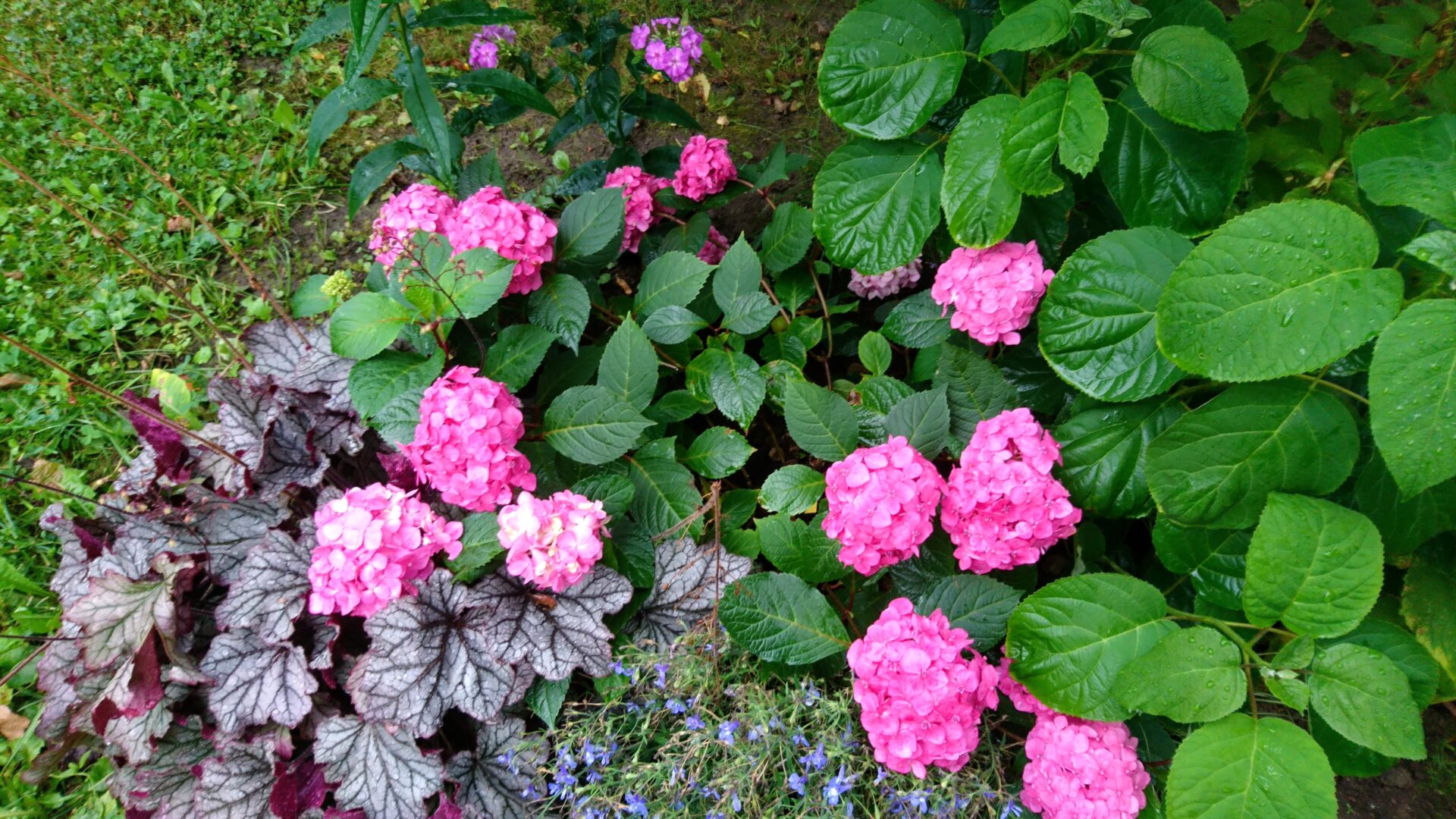Varjuaed oli juba pikemat aega kuulunud minu tulevikuplaanidesse, aga meie tervenisti lõunapäikesele avatud aias oli sellele õiget kohta keeruline leida. Suure ootamise käigus aga kasvasid tiigi kõrval olevad magnoolia ja kalifornia ebaküpress piisavalt suureks, et tekitada sinna varjuline nurgake, kuhu suvekuumuse eest varju pugeda. Nii lõingi 2020. aasta ühel kuumal suvepäeval sinna labida maasse ja hakkasin pihta. Mujal aias oli toimetamiseks liiga palav, aga seal puude varjus täitsa paras. Rododendronid olid seal juba enne paigas, nüüd lihtsalt laiendasin nende istutusala hostade ja teiste varjulembeste jaoks. Kuna teise külge jäävad metsikud kirsid, siis oli kaevamine suht tüütu, sest maa oli risti-põiki puujuuri täis. Mingil hetkel taipasin, et lisaks kirsijuurtele olid end üsna kaugele ajanud ka magnoolia juured. See ehmatas mu päris ära, sest kartsin, et magnooliale selline lammutamine kohe kindlasti ei meeldi. Ette rutates võin öelda, et magnoolial oli täitsa ükskõik ja ta kasvatas kibekiiresti oma juurestiku tagasi. Küll aga olen nüüd sunnitud seal hostadele väetist panema, sest sel suvel oli juba näha, kuidas hostad oli väiksemad, sest puu krabab toitained endale.
A shade garden had been part of my future plans for a long time, but it was difficult to find the right place for it in our garden fully exposed to the southern sun. During the long wait, however, the magnolia and Lawson cypress beside the pond grew large enough to create a shady corner to hide from the summer heat. So, on a hot summer day in 2020, I put a shovel in the ground and started hitting. Elsewhere in the garden it was too hot to work, but it was perfectly fine there in the shade of the trees. The rhododendrons were already there, now I expanded their planting area for hostas and other shade lovers. Since there are wild cherries on the other side, digging was quite tedious, because the ground was full of tree roots. At some point, I realized that in addition to the cherry roots, the magnolia roots had spread quite far. This really scared me, because I was afraid that the magnolia would definitely not like this kind of demolition right away. In a hurry, I can say that the magnolia didn’t care at all and it grew back its root system very quickly. However, I am now forced to put fertilizer on the hostas there, because this summer you could already see how the hostas were smaller, because the tree grabs the nutrients for itself.
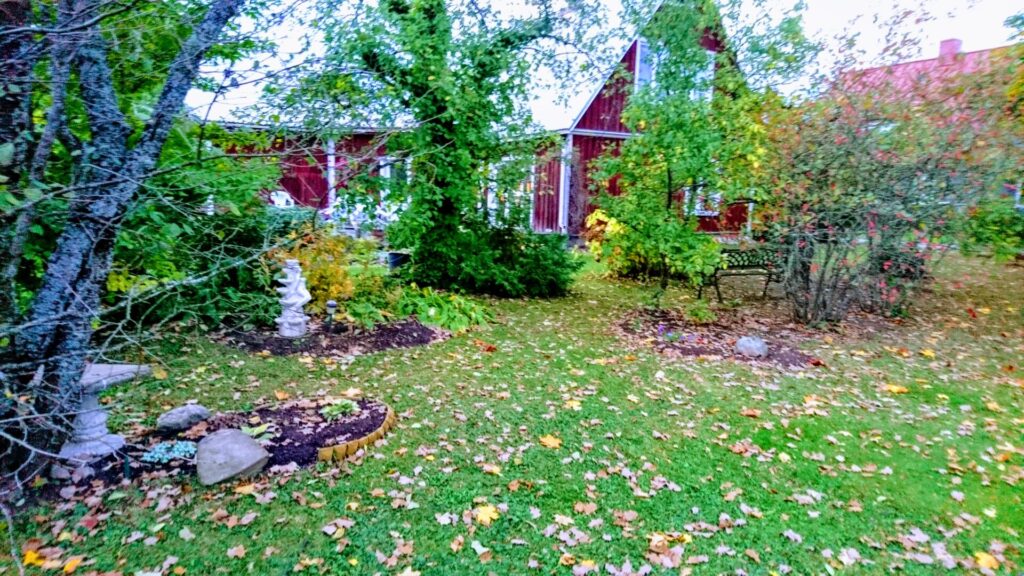

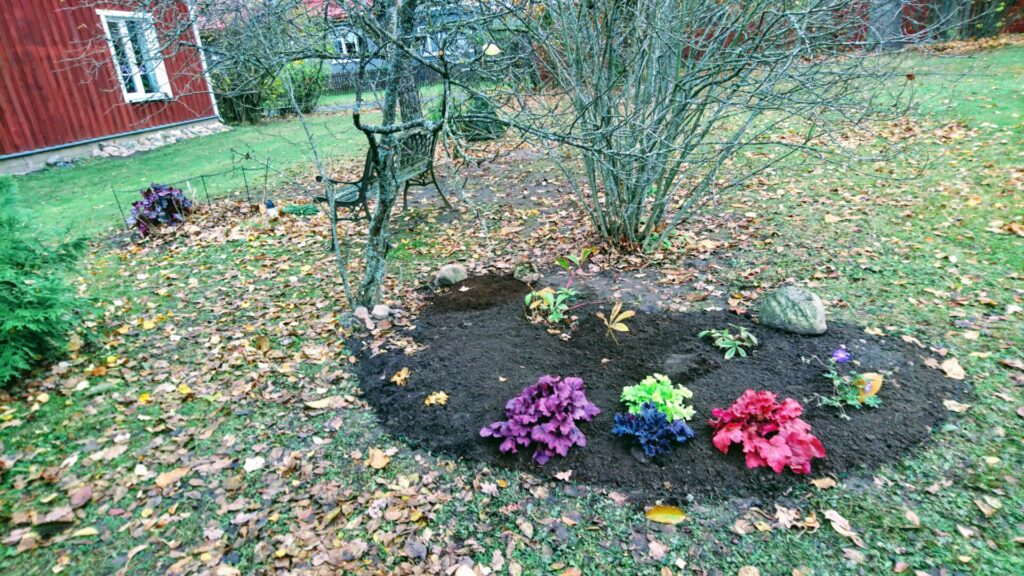
Sama aasta hilissügiseks sain lõpetatud ka varjuaia teise peenrajupi, kuhu istutasin viimase lihvi andmiseks erinevaid helmikpööriseid. Paremal olev punane Fire Alarm otseloomulikult meil jälle ei talvitunud ja teda hakkas järgmisel aastal asendama Northern Exposure Amber.
By the late autumn of the same year, I also finished the second bed of the shade garden, where I planted various Heuchera to give the final touch. The red Fire Alarm on the right obviously didn’t winter again and was replaced by Northern Exposure Amber the following year.
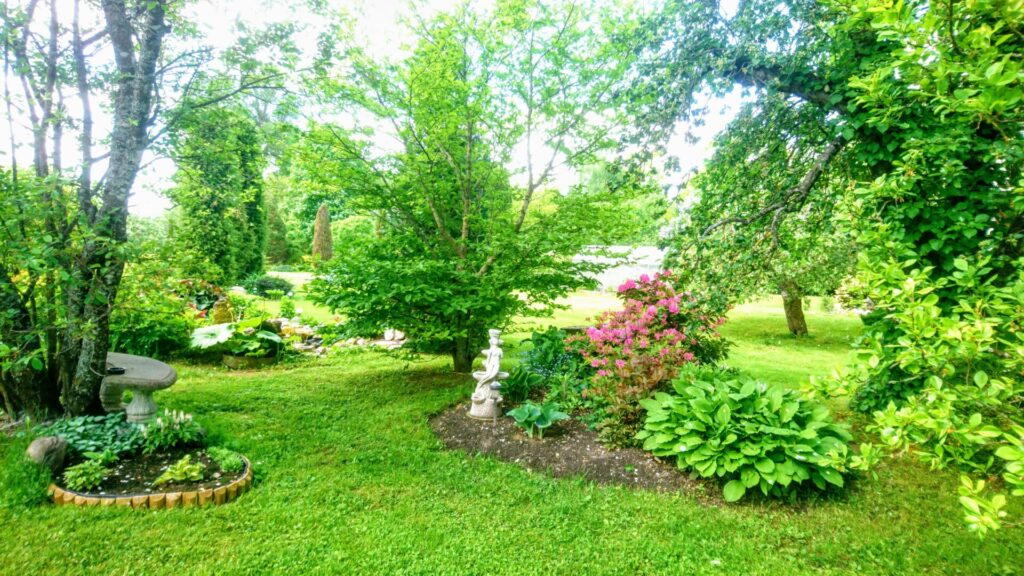
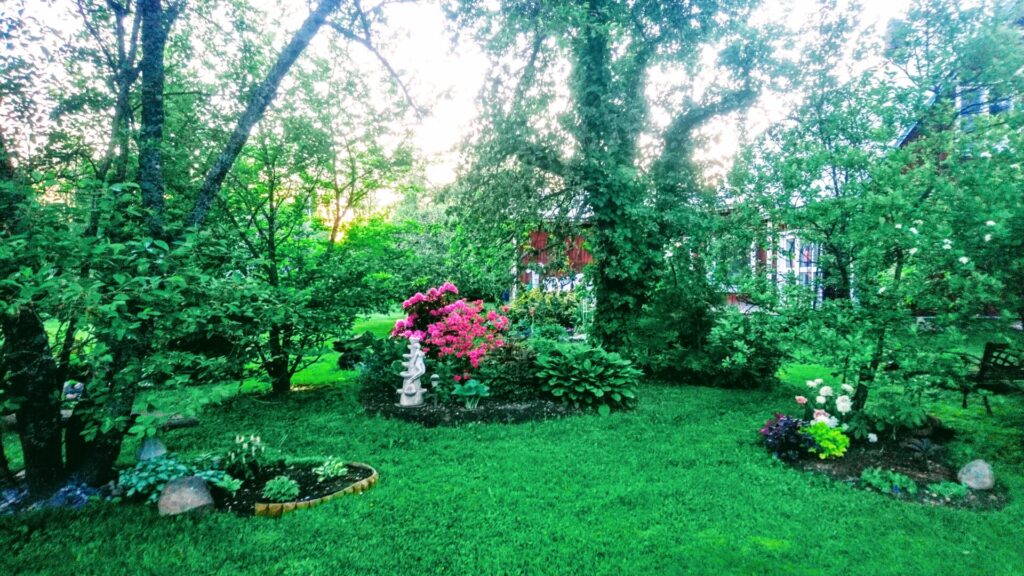

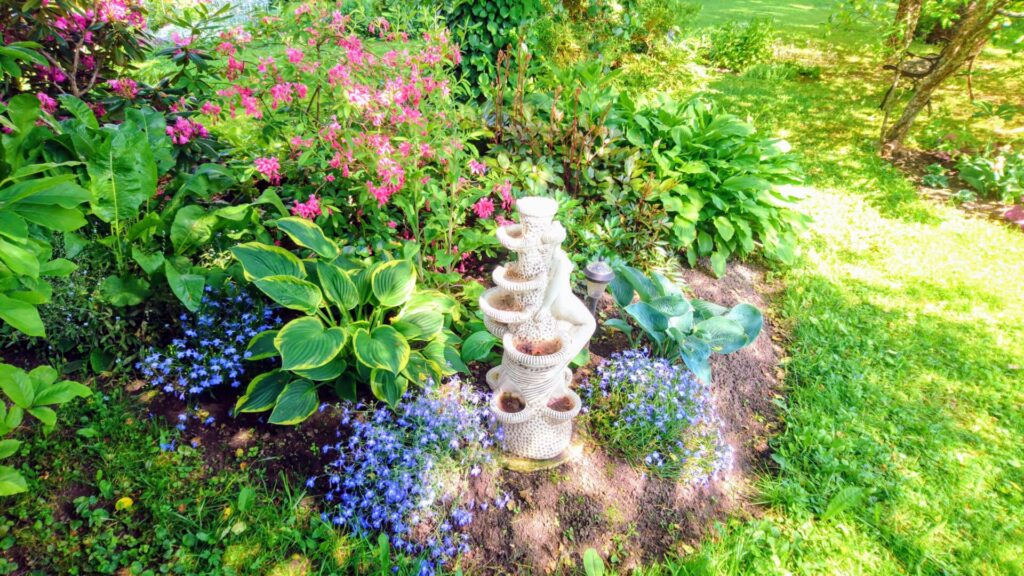
2021 istutasin varjupeenrasse värvi andmiseks lobeeliaid, kes andsid seal isekülvi. Kuna kevadel õitsevad seal meelespealilled, siis oleks ju kena seda ilu seal läbi suve säilitada. Sarnaseks sobivaks püsikuks osutus pozarski kellukas ‘Stella’, kelle laienemist tuleb veel veidi oodata.
In 2021, I planted lobelias to give color to the shade bed, which self-seeded there. Since the woodland forget-me-not blooms there in the spring, it would be nice to preserve this beauty there through the summer. Serbian bellflower ‘Stella’ turned out to be a similar suitable perennial, whose expansion still has to wait a little longer.


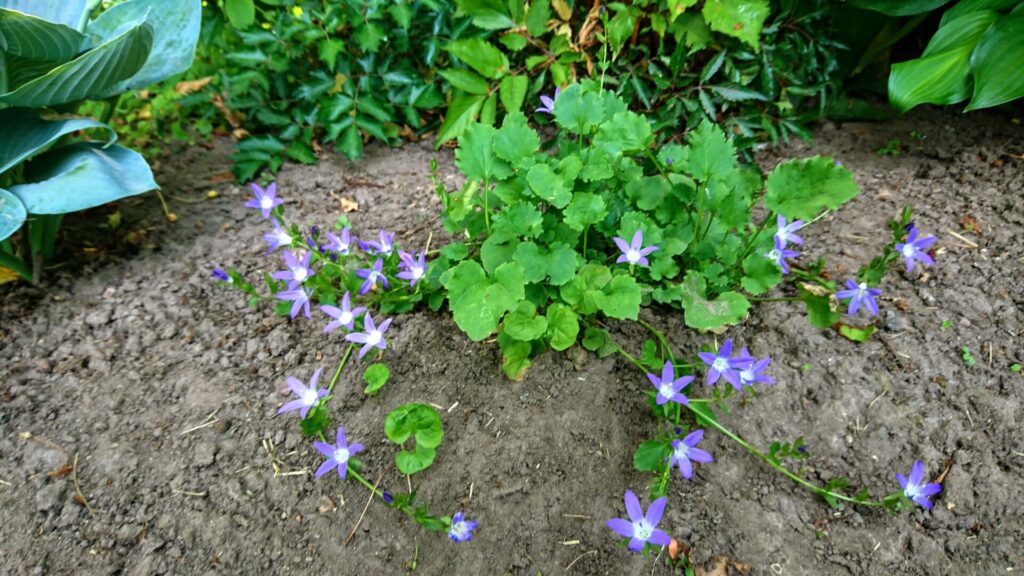
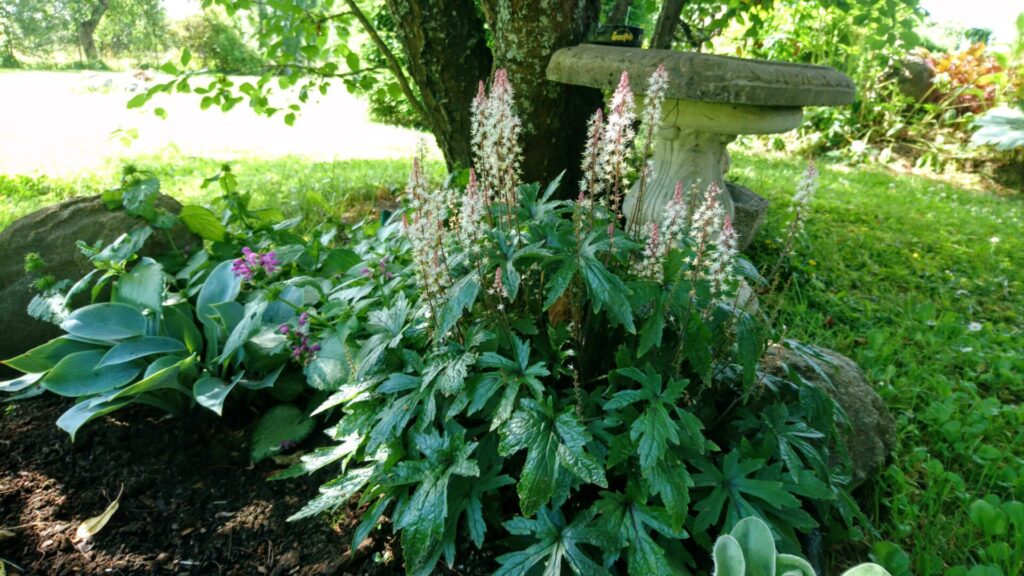
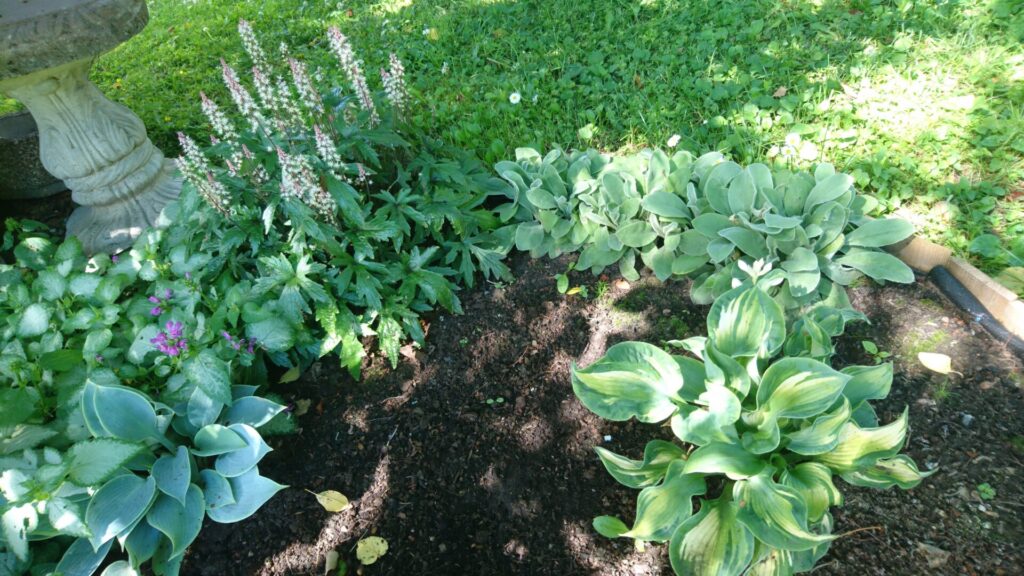
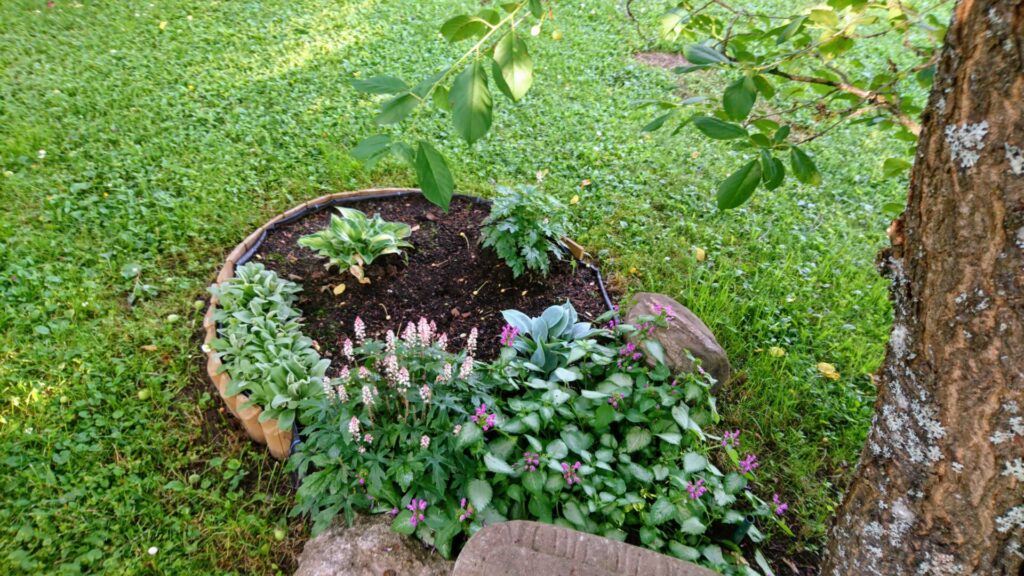
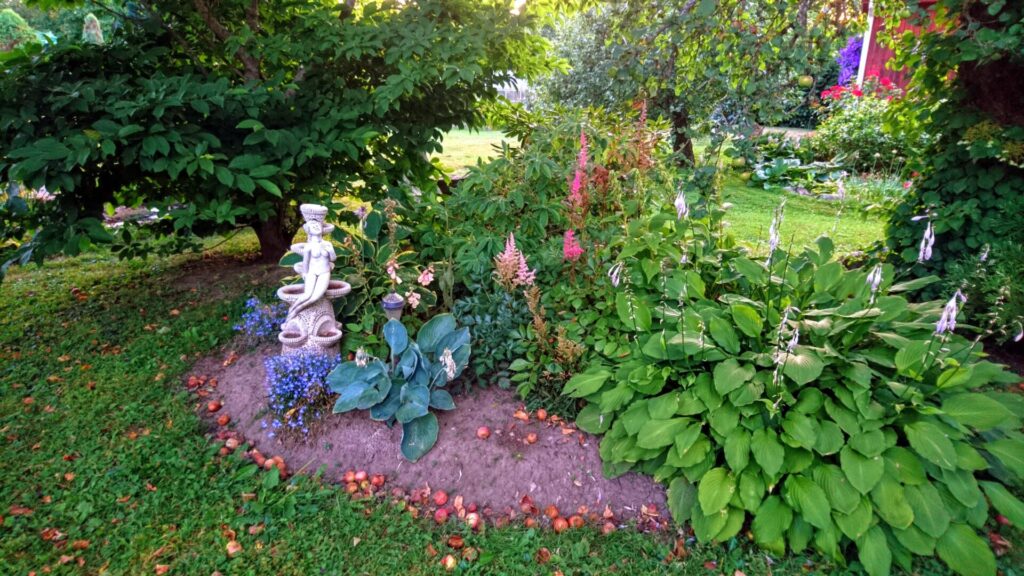
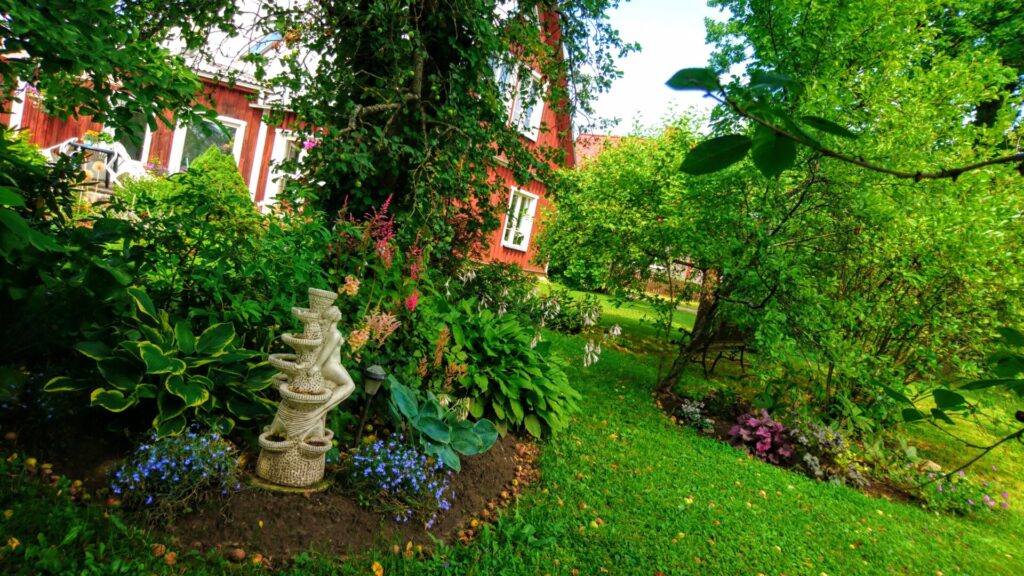
Varjuaeda istutatud rodgersiad pole kahjuks siiani õiget hoogu sisse saanud, sest viimased suved on olnud kuivad ja kuumad ning puujuured tõmbavad viimsegi niiskuse ja toitained endale. Mis paneb mind mõtlema, et äkki oleks olnud mõistlik rajada varjuaed juuretõkkekangale. See aga oleks tähendanud praktiliselt kõrgpeenraid, mis jälle ei sobi minu ettekujutusega looduslikust aiakujundusest, sest peenrad on läbikäiguteede tõttu väikesed.
Unfortunately, the Rodgersias planted in the shade garden have not yet gained the right momentum, because the last summers have been dry and hot, and the tree roots are absorbing every last bit of moisture and nutrients. Which makes me think that maybe it would have been wise to build the shade garden on root barrier fabric. However, this would have practically meant raised beds, which again does not fit my idea of natural garden design, because the beds are small due to the passageways.
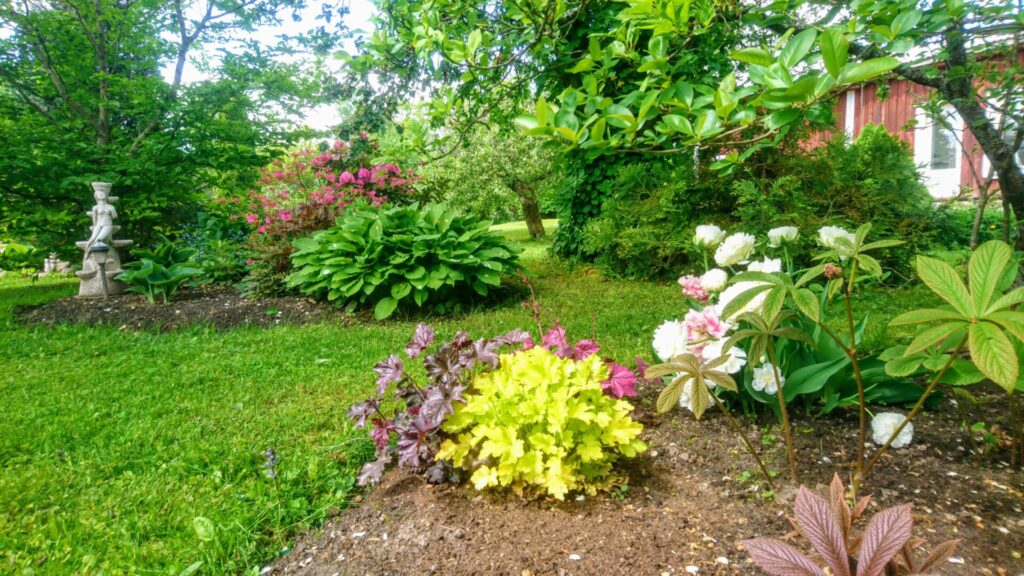
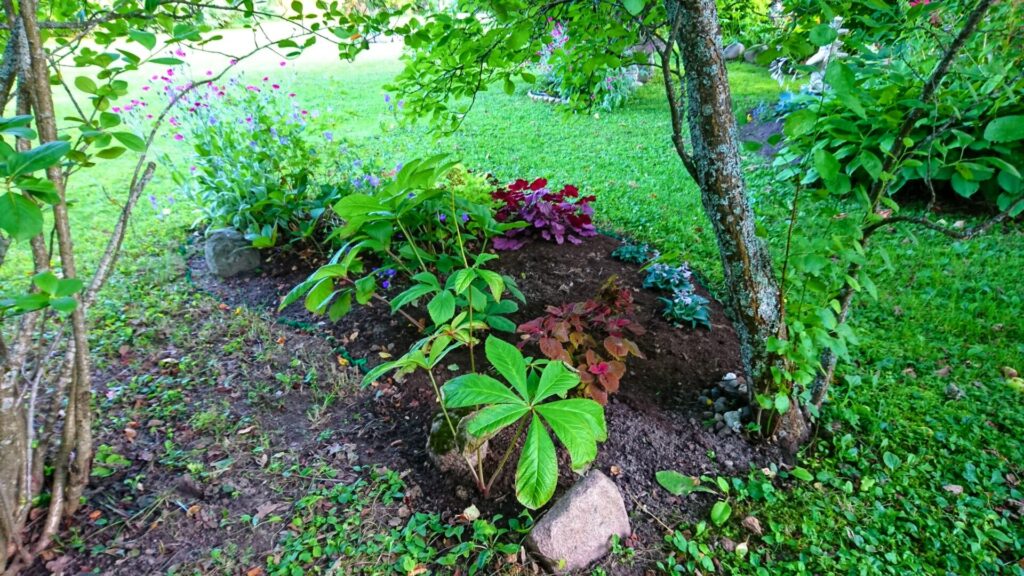
Ei jõua kuidagi ära oodata oma lemmiku rodgersia Bronze Peacock kasvamist. Järgnev pilt on pärit SIIT.
Can’t wait to grow my favorite rodgersia Bronze Peacock. The following image is from HERE.

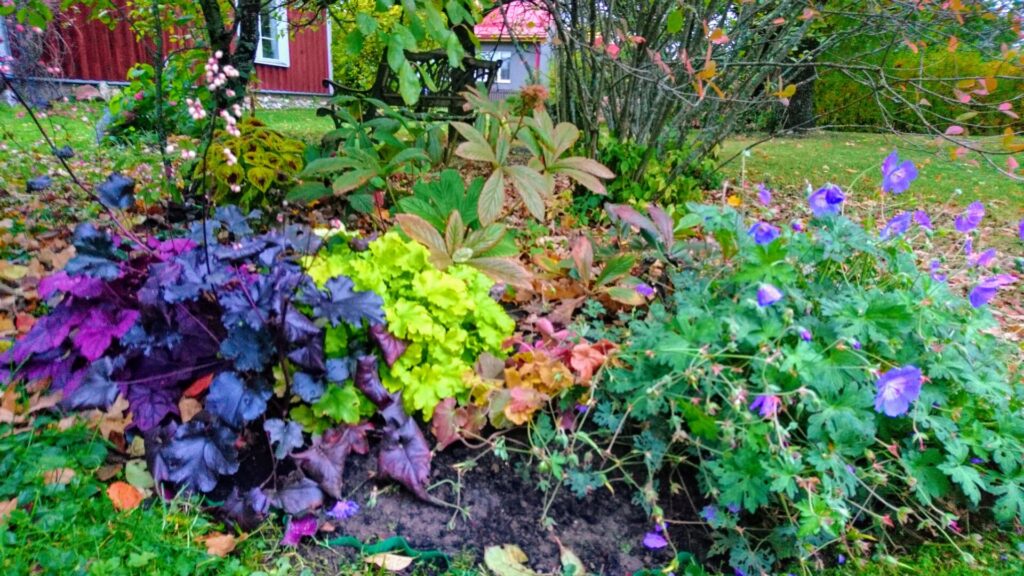
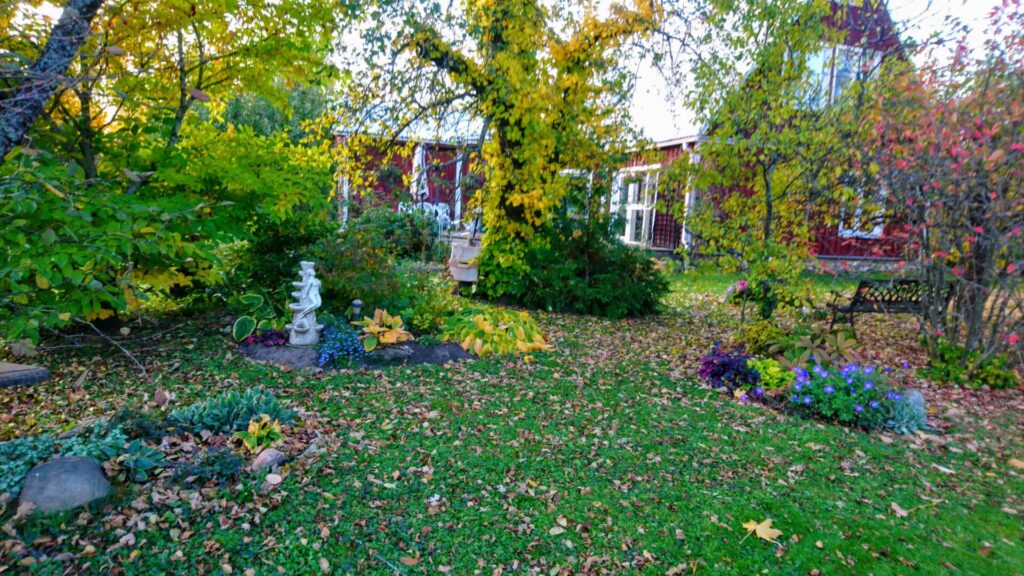
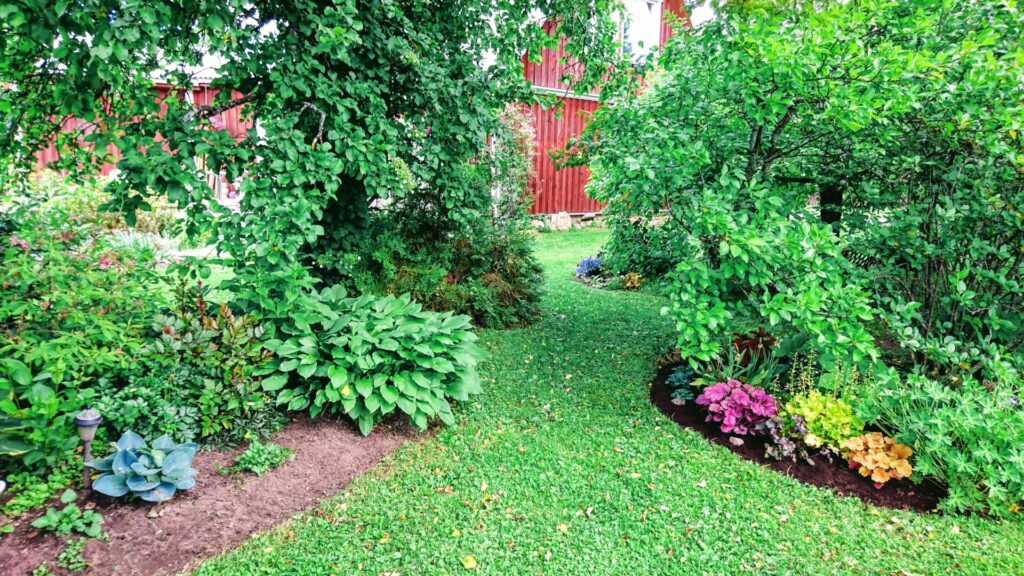
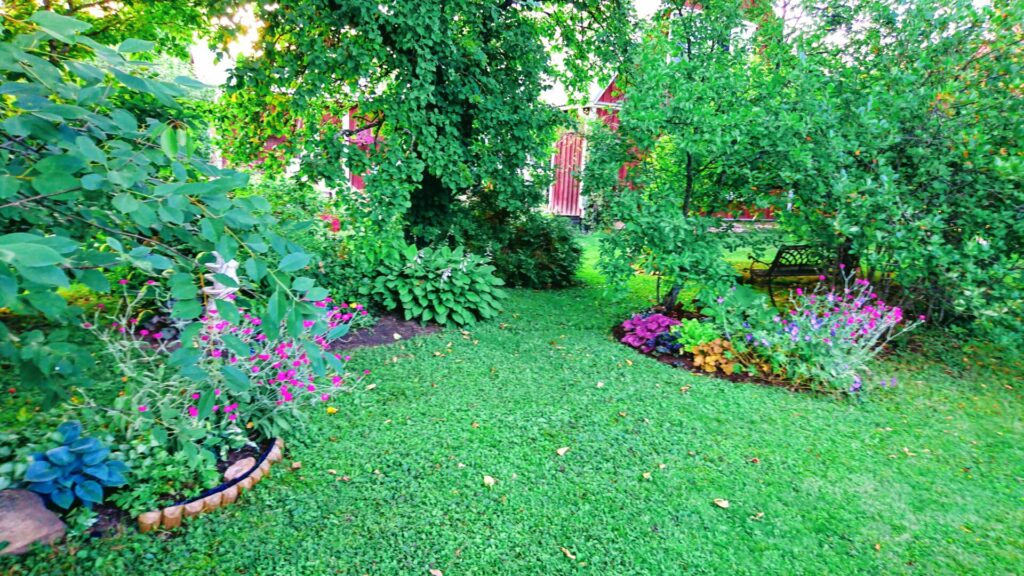
Viimasel pildil õitsevad juba kenasti hallid käokannid, keda sai seemnete ülekülluses igale poole külvatud.
In the last picture, the Rose Campions, which were sown everywhere due to the abundance of seeds, are already blooming nicely.

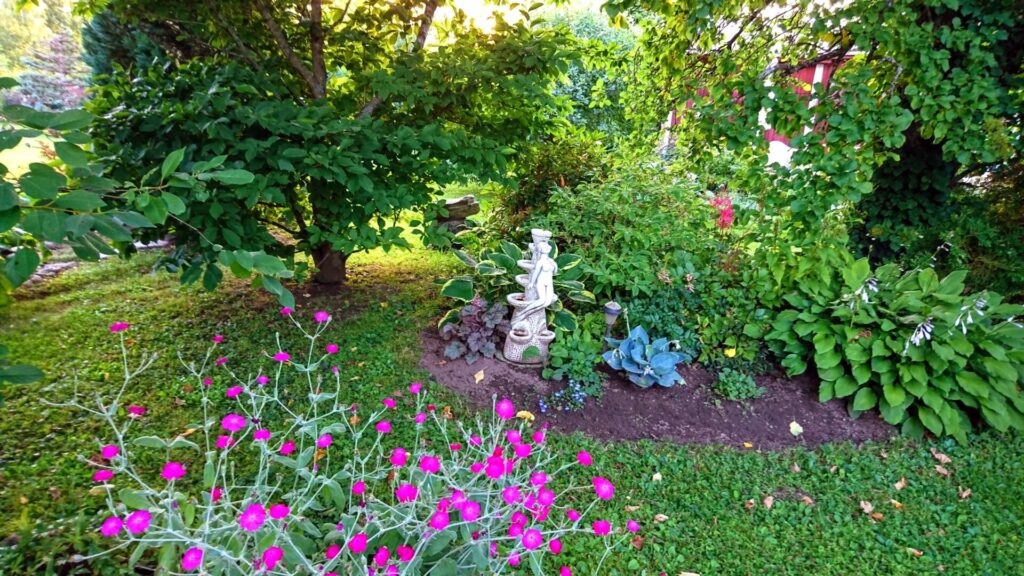
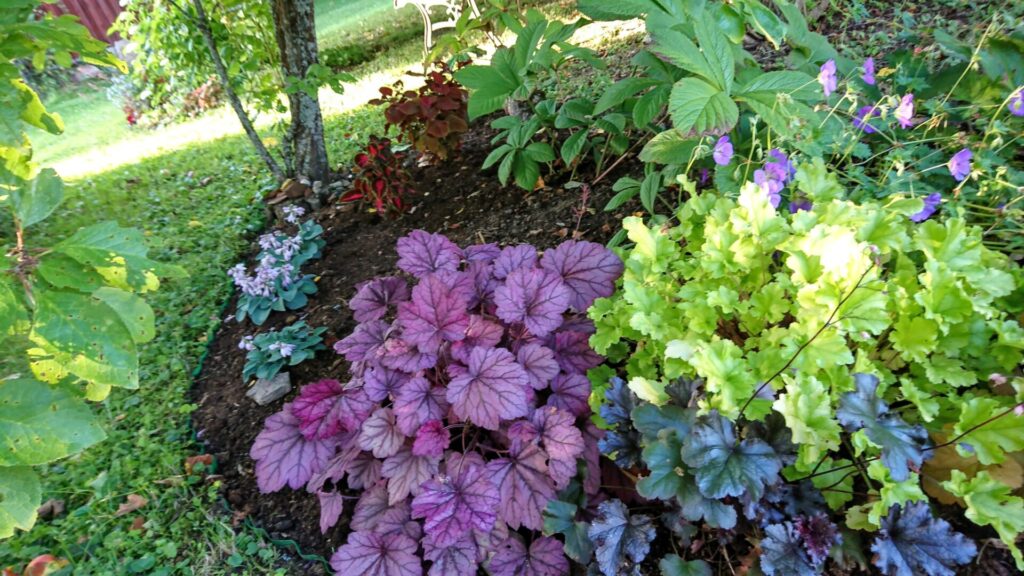
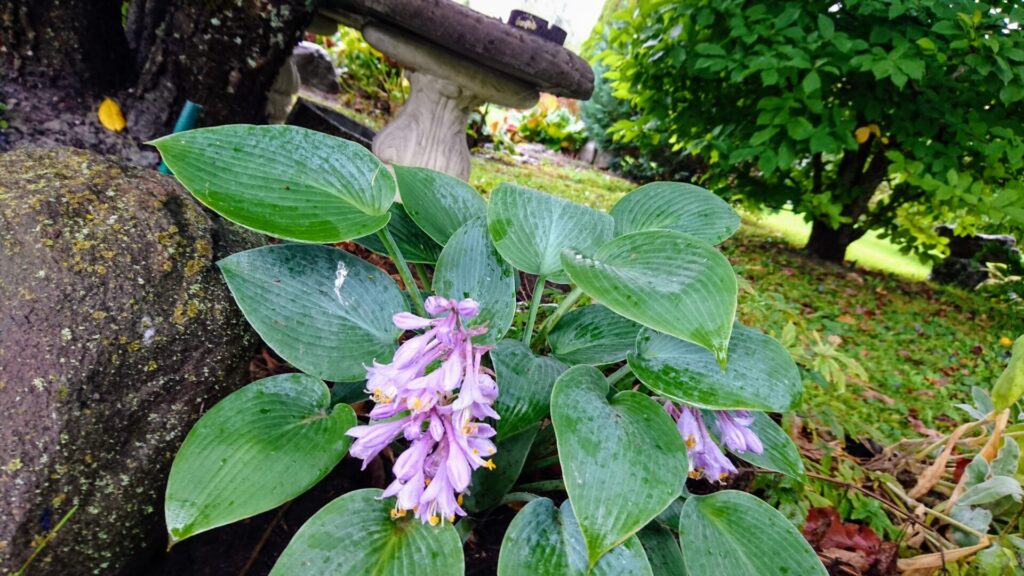
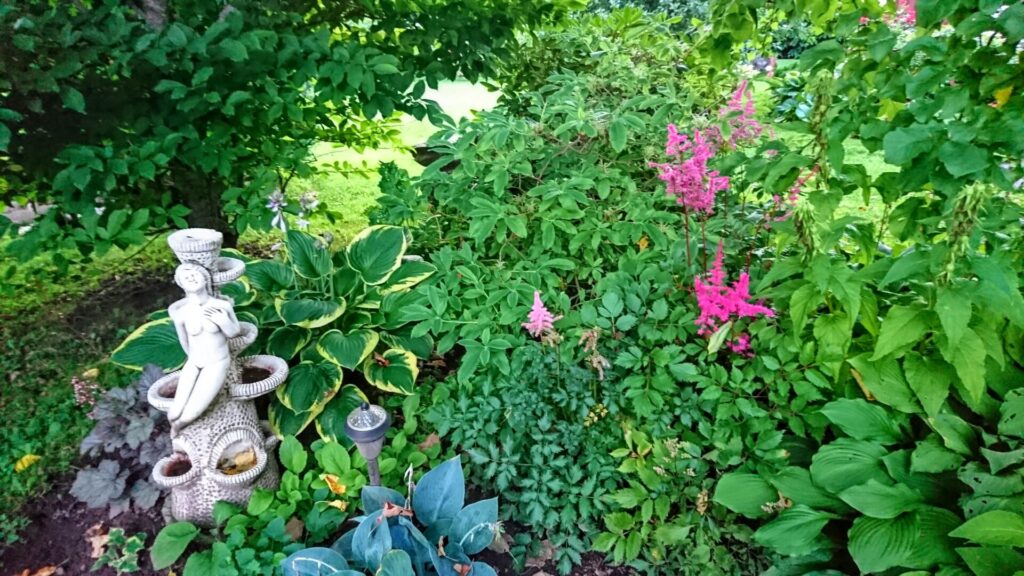
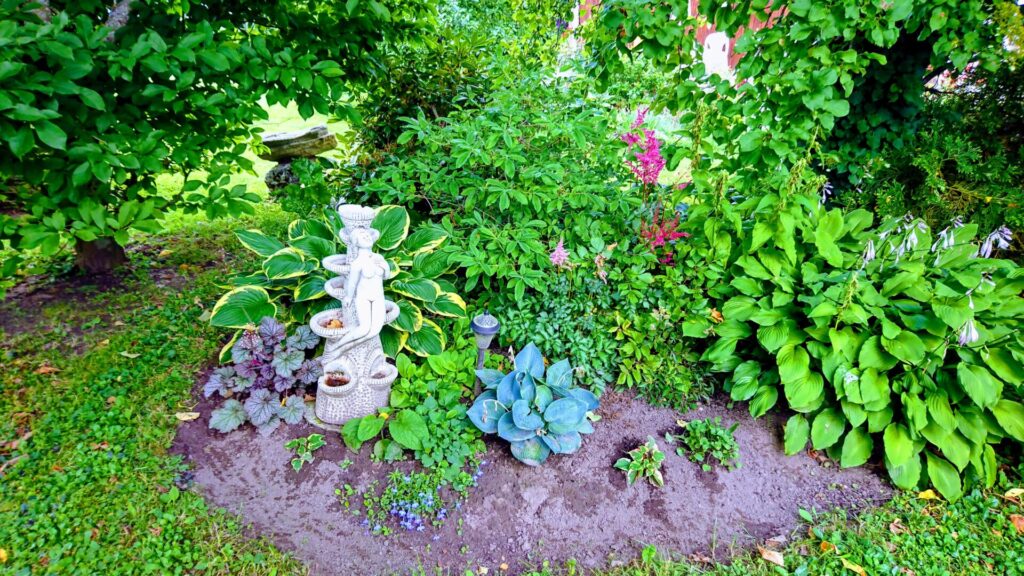
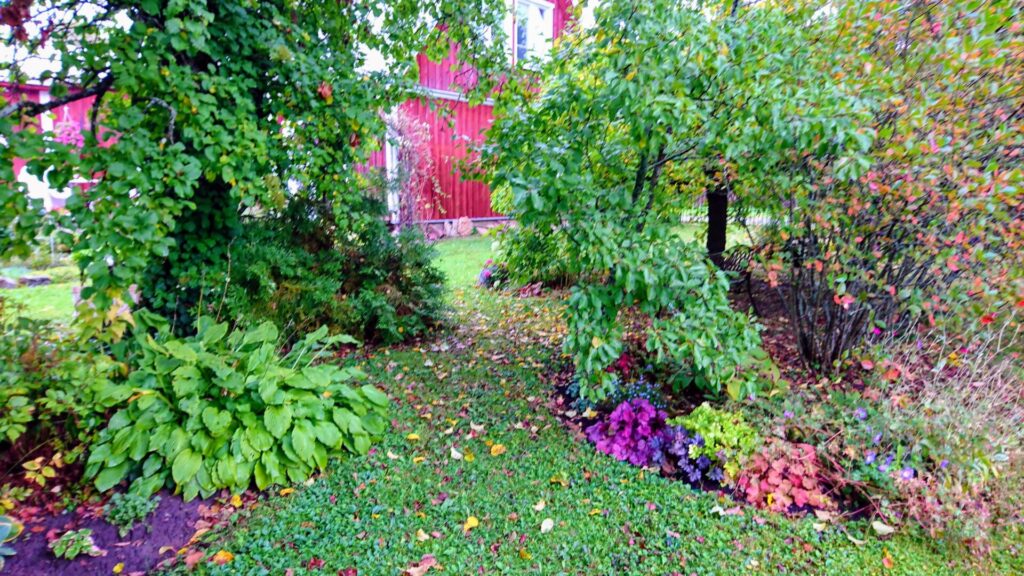
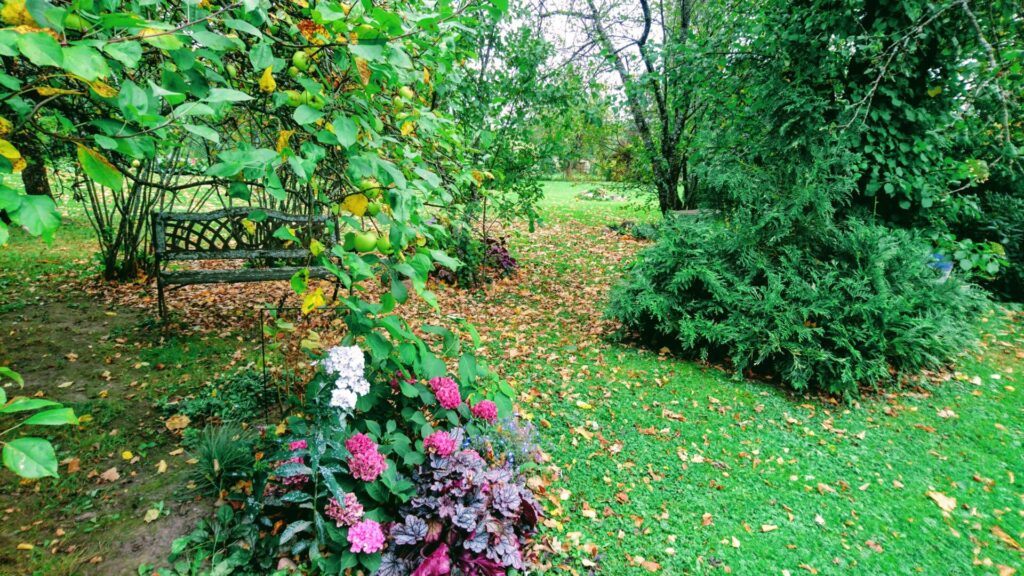
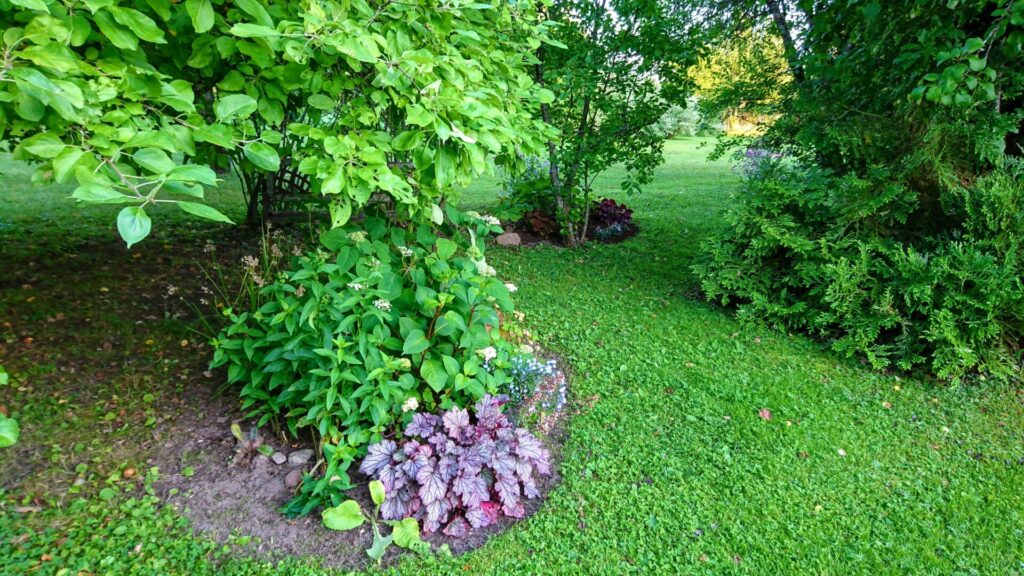

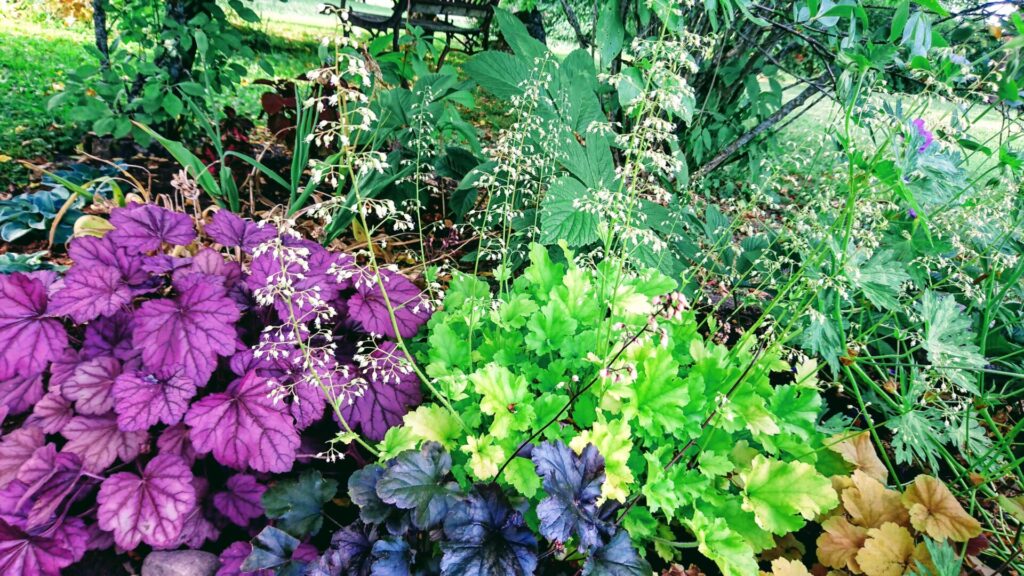
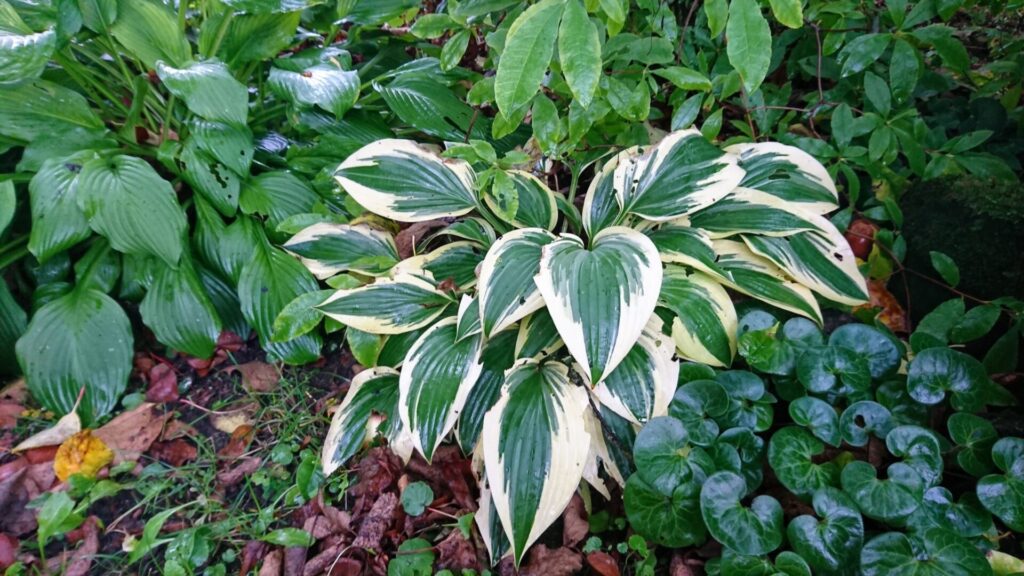
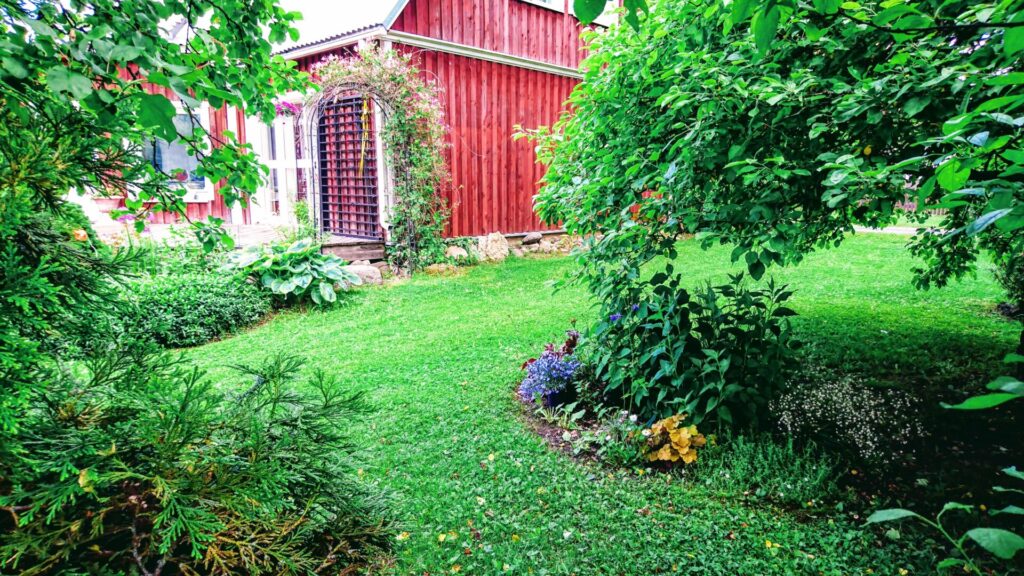
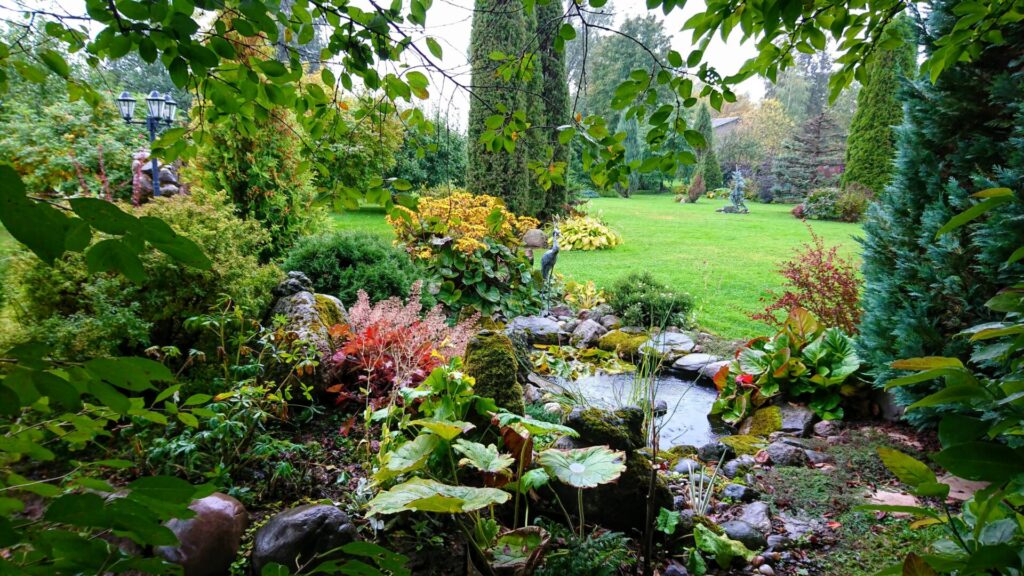
Hetkel asustavad meie varjuaeda erinevad hostad, astilbed, rodgersiad, helmikpöörised, tiarellid, pozarski kellukas, laudleht, sõnajalg, metspipar. Kevadel erinevad sibullilled: tulbid, krookused jt. Ja muidugi rododendronid ja hortensiad, kellest on pikemalt juttu varasemates postitustes. See kõik on aga pidevas muutumises, sest kuna suund on suht hooldusvabale aiale, siis osa olemasolevaid taimi ei pruugi olla hooldamatusega nõus ja mingil hetkel võib tekkida vajadus nende asendamiseks leplikumatega. Kõige rohkem on mul kahju astilbedest, kellele kuivad suved sugugi ei meeldi, eriti konkurentsis puujuurtega. Aeg näitab, kuidas nad olemasolevates tingimustes hakkama saavad.
At the moment, various hostas, astilbes, rodgersias, heucheras, tiarellis, Serbia bellflower, Astilboides tabularis, fern, asarabacca inhabit our shade garden. In spring, different bulbous flowers: tulips, crocuses, etc. And, of course, rhododendrons and hydrangeas, which are discussed in more detail in previous posts. However, all of this is constantly changing, because since the trend is towards a relatively maintenance-free garden, some of the existing plants may not agree with the lack of maintenance and at some point there may be a need to replace them with more agreeable. I feel most sorry for the astilbes, which do not like dry summers at all, especially in competition with tree roots. Time will tell how they fare under the existing conditions.
